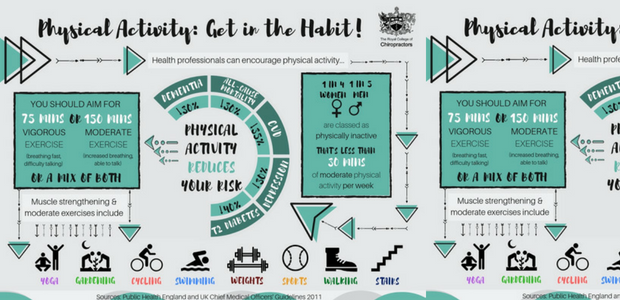Why Does Soft Tissue Treatment Pain? Comprehending The Refine
Why Does Soft Tissue Treatment Pain? Comprehending The Refine
Blog Article
Author-Boysen Rytter
When you undertake soft Tissue therapy, you may locate it surprisingly uncomfortable. This discomfort develops as stress is related to stressful muscles and damaged tissues, causing your pain receptors. While it can really feel stressful in the moment, there's a reason behind this feeling. Understanding what occurs in your body during these therapies can help you appreciate the process. So, what exactly is taking place beneath the surface?
The Physiology of Discomfort During Soft Tissue Treatment
When you undertake soft Tissue therapy, your body's reaction to discomfort is a complicated interaction of physiological procedures. As the specialist applies stress, your body turns on discomfort receptors, sending signals to your brain. This triggers the launch of neurotransmitters, such as substance P and glutamate, which amplify the experience of pain.
Your muscle mass might additionally tense up in response, more complicating the experience. Additionally, https://chiropractor-car-accident94938.tokka-blog.com/33316685/a-sporting-activities-massage-therapy-can-alleviate-muscle-mass-discomfort-and-improve-recovery-however-what-special-strategies-make-it-a-game-changer-for-athletes-discover-the-answers-inside may launch endorphins, all-natural painkillers that can help minimize some pain.
The interaction in between these processes can produce an one-of-a-kind experience for every person. Comprehending this physical response assists you browse the feelings during therapy, enabling you to appreciate the equilibrium between pain and the possibility for healing advantages.
The Function of Pain in the Recovery Process
Although discomfort throughout soft Tissue treatment can really feel frustrating, it plays a critical function in the recovery procedure. When you experience discomfort, your body is indicating that it's functioning to fix damaged tissues. related webpage enhance blood flow to the affected location, supplying crucial nutrients and oxygen required for healing.
In addition, pain can promote the release of endorphins, your body's all-natural pain relievers, developing a sense of alleviation post-treatment. Accepting this pain can aid you recognize your body's restrictions and encourage you to deal with underlying issues.
While it's uncomfortable currently, this process is essential for lasting healing and improved function. Acknowledging discomfort as a vital part of recovery can empower you to stay committed to your therapy.
Tips for Handling Discomfort Throughout and After Treatment
Taking care of discomfort throughout and after soft Tissue therapy can dramatically boost your total experience and recuperation.
To begin, interact freely with your specialist concerning your discomfort degrees; they can change strategies accordingly. Utilizing deep breathing strategies can also assist you relax and alleviate discomfort.
Take into consideration applying ice to the treated location post-session to reduce inflammation and numb pain. Remaining hydrated help in the recovery process, so consume alcohol a lot of water.
Mild extending and light activity after therapy can advertise blood circulation and convenience rigidity. Finally, guarantee you obtain adequate remainder to enable your body to recover.
Applying these tips can make your soft Tissue therapy much more convenient and pleasurable.
Final thought
Finally, while soft Tissue therapy can be unpleasant, it's important to acknowledge that this pain plays an important role in your healing trip. By understanding the physiological reactions at play, you can come close to the treatment with a much more favorable frame of mind. Remember, the initial discomfort commonly gives way to alleviation as your body launches endorphins. Welcome the process, and don't wait to utilize the tips for taking care of discomfort to improve your experience and recuperation.
